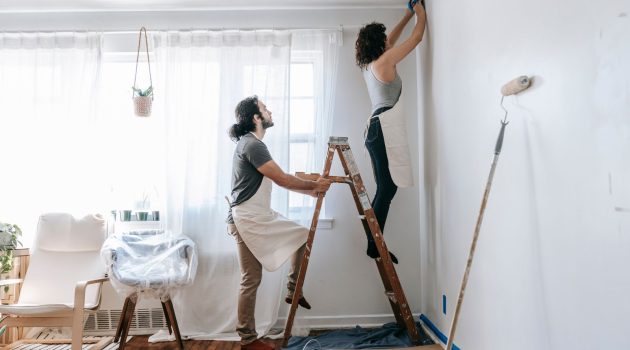With mortgage rates high and inflation hitting some uncomfortable levels, buying a home of your own starts to seem like a distant dream.
But, if you have the patience and determination to turn your first home into a long-term project, there may still be hope.
A fixer-upper comes with challenges, but it’s also a unique opportunity for first-time homebuyers to get the house of their dreams at a rather affordable price.
It may sound like an extreme solution, and it’s certainly not for everyone, but there are some valid reasons behind taking such a decision.
In this article, we’ll explore several advantages that make buying a fixer-upper quite a smart thing to do.
1. Save Money Upfront
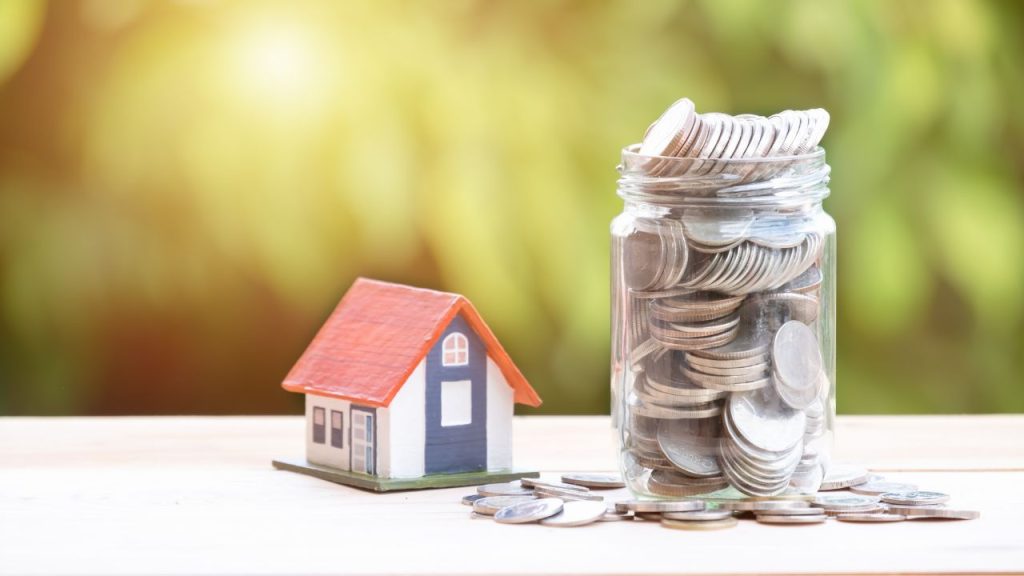
When you purchase a fixer-upper, the cost of the property is often lower than that of a move-in ready home in the same area.
This is because these homes typically need work to make them livable and may have deferred maintenance issues that can be costly to fix.
But if you’re willing to put in the time, labor, and money into fixing up your new home, you could save money over time.
This is because when purchasing a move-in ready home, the seller has already invested the money and time into making necessary repairs and updates.
And as a result, they’re going to expect to get top dollar for their efforts. With a fixer-upper, the opposite is true – typically, you’ll get less than full market value due to its condition.
However, not any fixer-upper is a good investment. Plus, you need to understand how to choose the right mortgage and lender for this specific situation.
Learn how to navigate the whole process by reading this first-time home buyer guide.
2. More Flexibility for Customizations
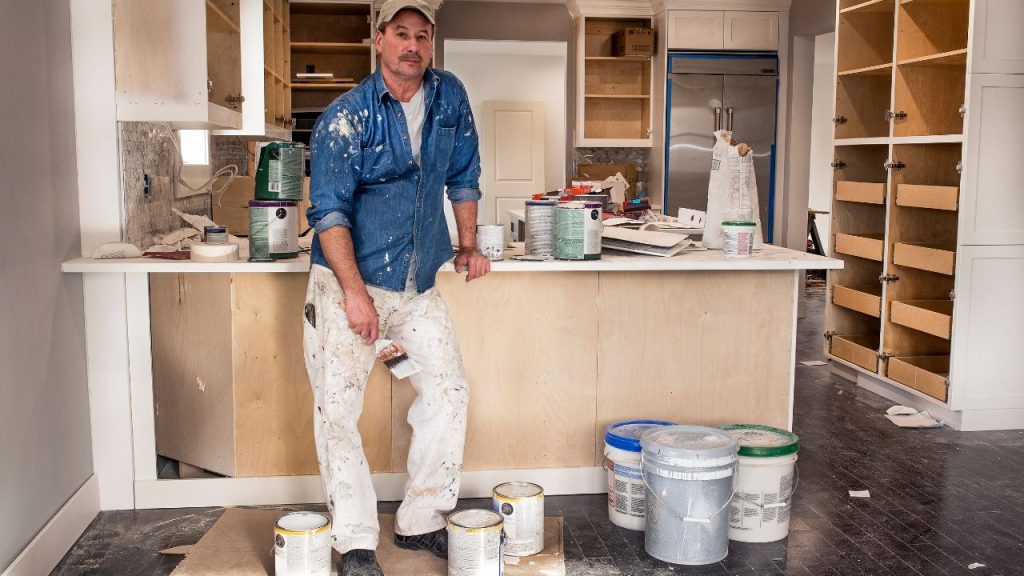
Besides the more affordable price, the next amazing advantage of buying a fixer-upper is that you can make it your own.
With a move-in ready home, you’re limited to whatever design choices the previous owners made. But when it comes to a property that needs an upgrade, the sky’s the limit for potential changes you can make.
For example, you could choose to add extra square footage, knock down walls to create an open floor plan, redesign your kitchen layout for better flow, or even add energy-efficient features like solar panels or double-pane windows.
Plus, with a bit of ingenuity and clever ideas, you can implement lots of low-cost interior design ideas that look good.
Additionally, if you know how to do some of the work yourself or have connections with skilled laborers who can provide quality work at discounted prices, this can also help save money on renovation costs.
Turning your fixer-upper into a DIY project is what’s known as building sweat equity in the real estate market, and it’s an incredibly valuable skill to have.
Overall, when you start with a blank slate (buying an older property that needs fixing up), you have the freedom of creativity and control over what ultimately becomes your perfect dream home.
Additionally, knowing what material costs are will help inform better decisions on whether substitute materials will work in place of something more expensive (for instance, wood-composite instead of solid hardwoods).
3. Increase the Property Value
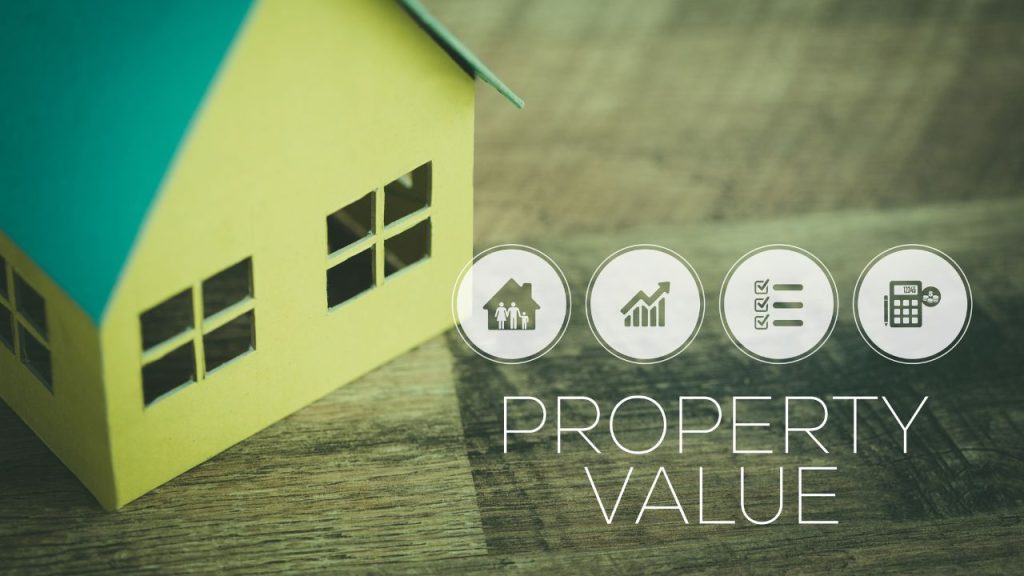
When you know how to improve and upgrade your property, you can easily drive up the overall market value.
Plus, in today’s market, when housing prices don’t stop rising, you have a real diamond in the rough on your hands. You just need to know how to get it out and polish it.
So, when customizing your home’s design features, be mindful of its potential appreciation value if and when it comes time to sell.
Therefore focus on aspects that most buyers tend to desire in their homes, such as outdoor living spaces and modern bathroom and kitchen designs.
Other important upgrades include things like replacing outdated flooring, updating bathrooms or kitchens, installing new lighting and fixtures, repainting walls and trim work, and landscaping.
These upgrades could potentially increase your home’s resale value over time, providing significant returns on investment.
4. It’s a Long-Term Investment
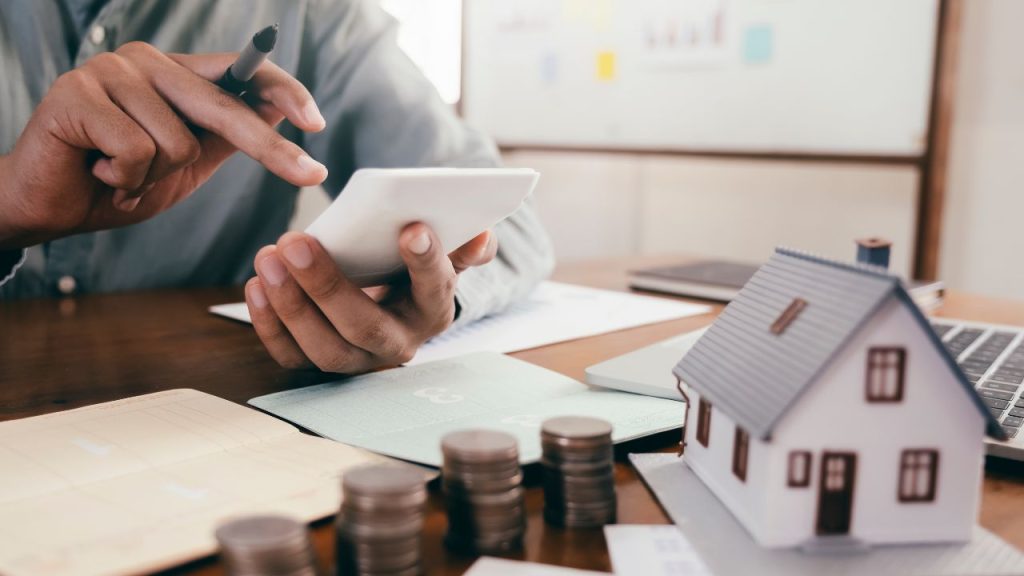
When you first run the numbers, it’s easy to get scared by the overwhelming amount of repairs and upgrades.
However, if the property you want to purchase is in a good area that has changes of growth in the future, this can be a high-yielding long-term investment.
So treat your fixer-upper as a long-term project by learning how to prioritize the repairs and improvements.
For instance, you should tend to urgent structural repairs registered in home inspection reports or roof leaks before even considering cosmetic upgrades like repainting.
Since this can be challenging for inexperienced buyers, hiring a professional contractor can help you with planning the most efficient reparations schedule while maximizing cost savings.
A knowledgeable developer should have a good eye for identifying areas of your home that require immediate attention or renovations deemed less pressing.
If funds are limited, you can work on the most-needed areas first, such as kitchens and bathrooms, and then move to bedrooms and other rooms of the house.
And, if you want to move in as soon as possible, focus on the areas that turn your fixer-upper into a home.
Conclusion
With the right amount of time and carefully-planned repairs and upgrades, your fixer-upper can turn into a high-value property.
And if you don’t want to sell, you’ll get the satisfaction of having built your own home, which is an incredible feeling.


